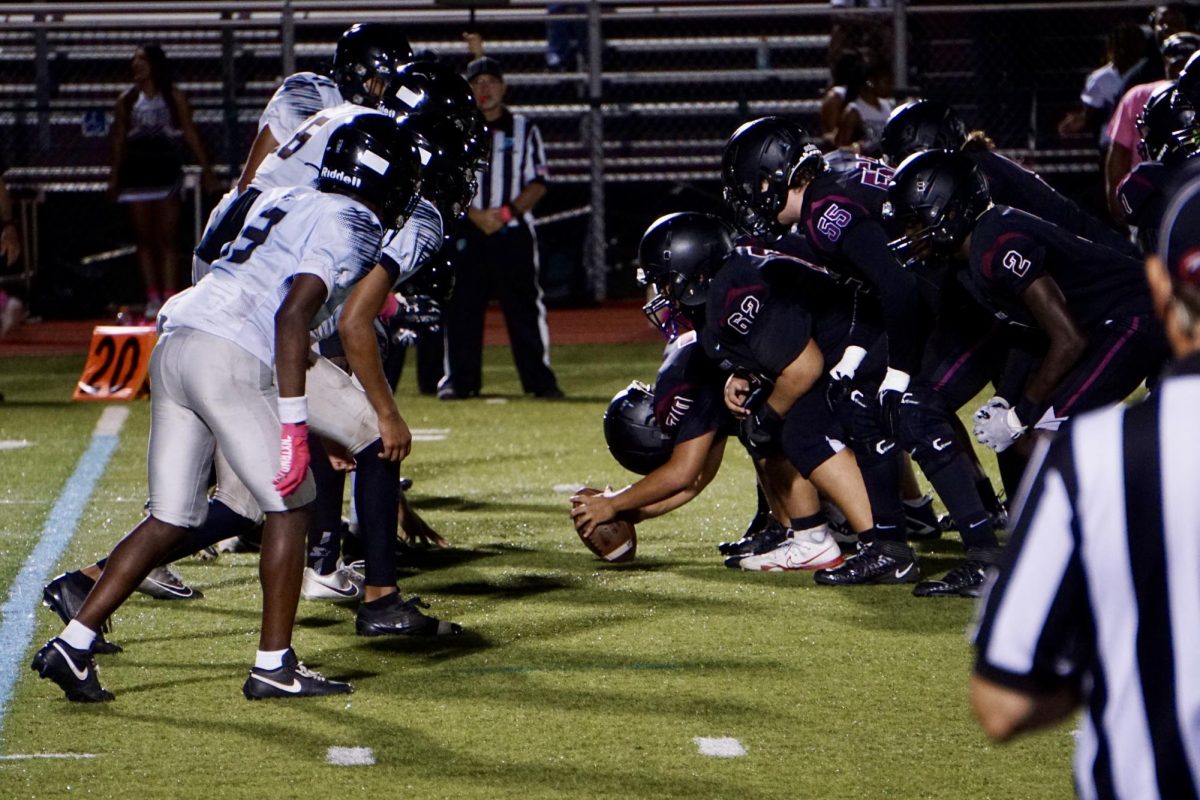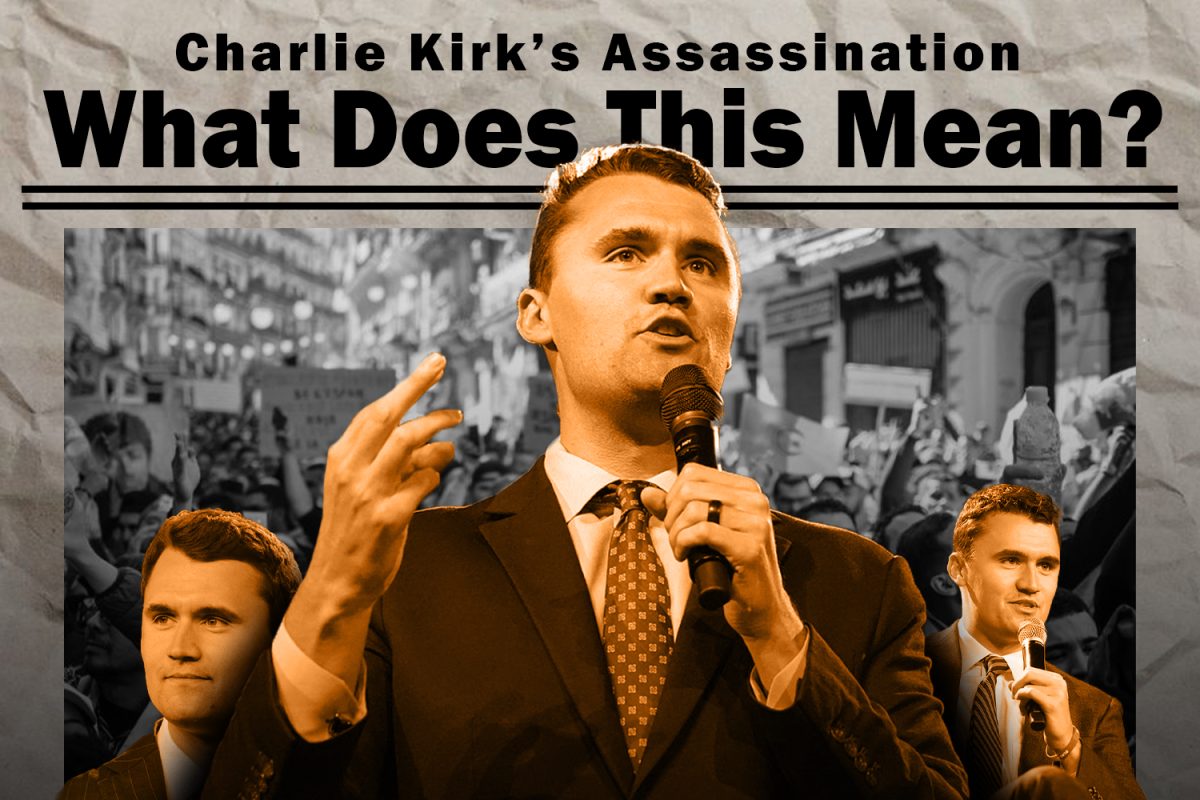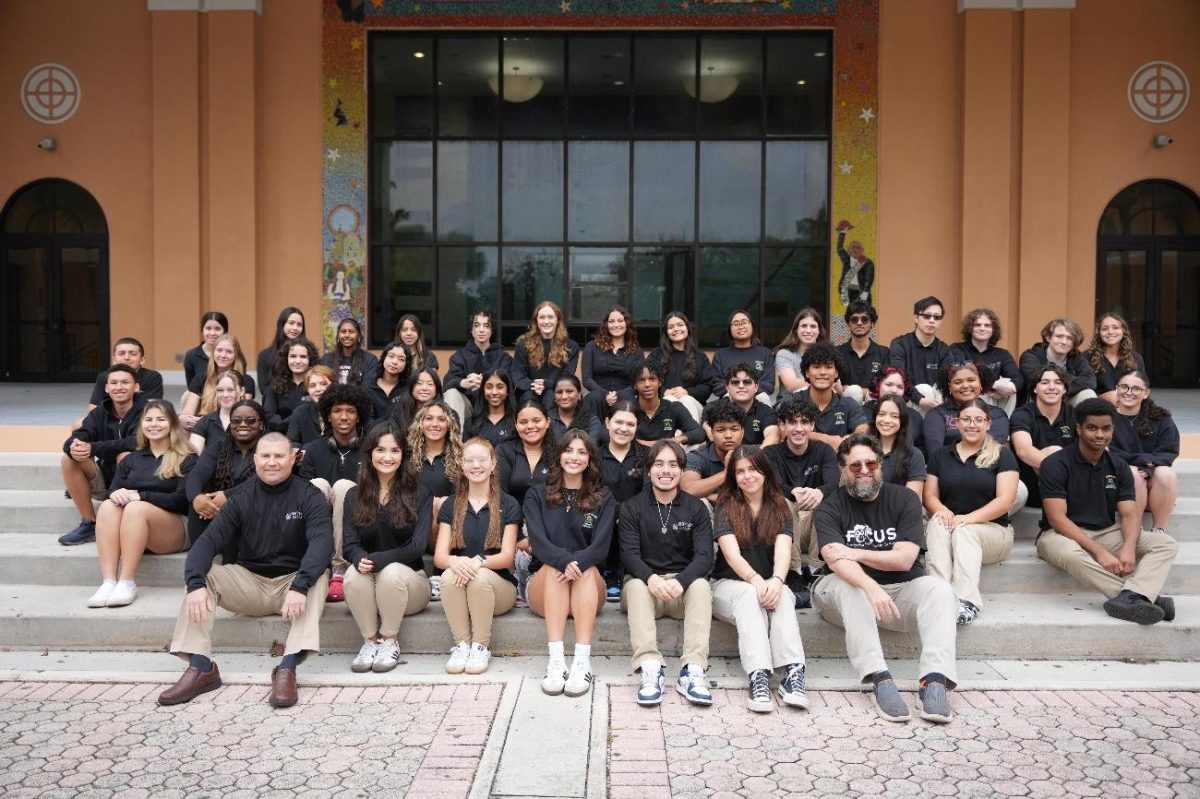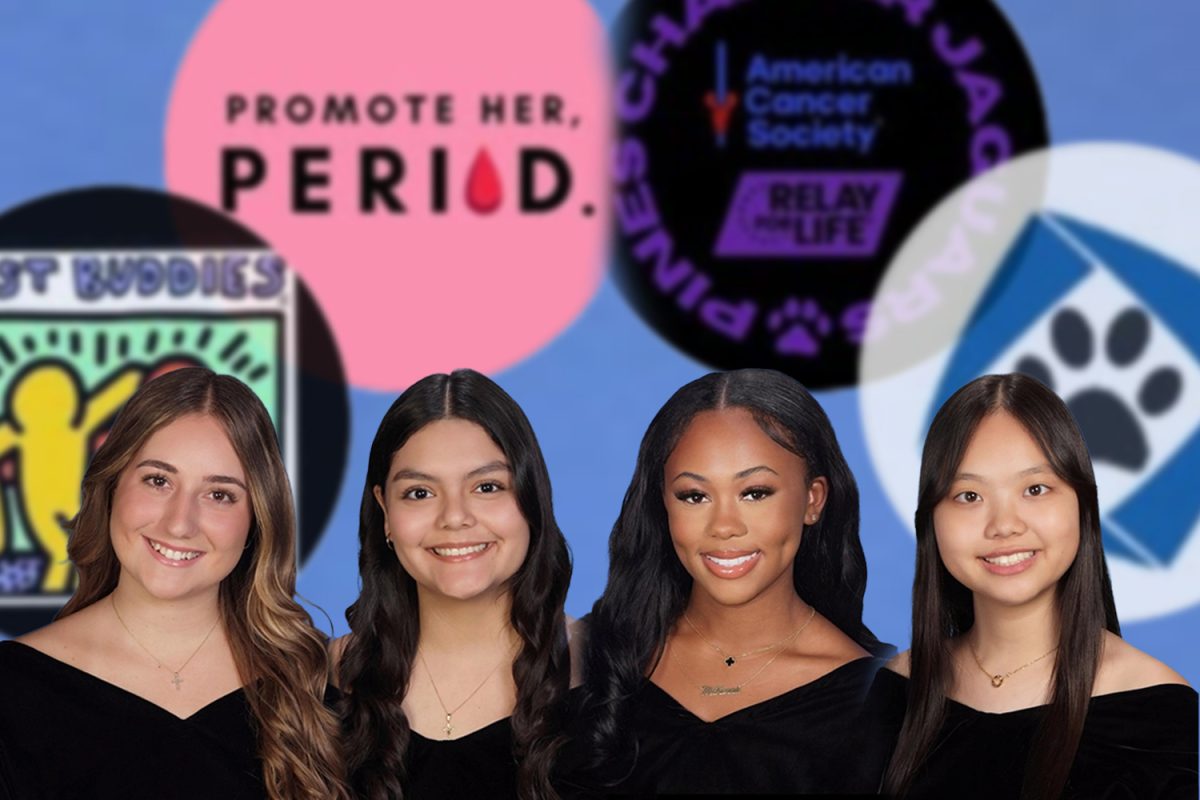The Numbers Say The Virus Discriminates. Why?
April 17, 2020
The novel coronavirus doesn’t discriminate by race or class. It can’t. Whether you’re a hedge fund owner or someone who’s homeless (under the same conditions), the virus shows no preference. The same goes for whether you’re white or black. And yet, statistics show that it’s not the affluent being hit the hardest by the coronavirus pandemic. As Axios reported, “New York […] is a stark illustration of just how unequal the virus’ toll really is. The highest concentration of cases in New York City are in neighborhoods in Queens with large immigrant populations and low average incomes.” Minority communities, as well as communities with far less financial weight overall, are disproportionately suffering during this crisis. There’s no reason it should be this way, but this is now the truth across countless areas throughout the United States.
It should be acknowledged that due to the condition of data reporting throughout the country (and the lack of a strong central equalizer that makes all the data equally reliable), different areas have different qualities of data reporting. Some numbers are difficult to ignore, however, and have been strongly vetted. According to ProPublica in Milwaukee County, Wisconsin, which is just 26% black, African-Americans account for almost half of the coronavirus cases and 80% of the deaths. There are a few reasons for this.
Expert reports strongly suggest that this unequal danger is not due to any sort of biological differences but of social factors, among others. One reason is housing conditions, as Dr. Jerome Adams, the U.S. surgeon general, said people of color are “more likely to live in densely packed areas and in multigenerational housing situations, which create higher risk for spread of highly contagious disease like COVID-19.” Another factor could be pay disparities and how pressured lower income households, regardless of race, feel to work just to survive.
As sophomore Austin Mathew points out, “Lots of people in low-income families have worse health insurance too, or none at all.” Junior Ahmari Avin added to this saying, “The crazy part about it for me is that even though everyone of all races, colors, and ethnicities are contracting the virus, [POC] are the ones being overlooked the most by hospitals and such because of their insurance and just the way that they’re viewed.” Access to healthcare in minority or poor communities is a major systemic problem that compounds infection rates, allows for a greater spread, and raises the death toll even more.
The fact that certain groups of people have to bear the brunt of this only highlights deeply entrenched societal issues. It’s not that people haven’t been aware of them, but that, as a country, there are still too many failures of care and action to accept.

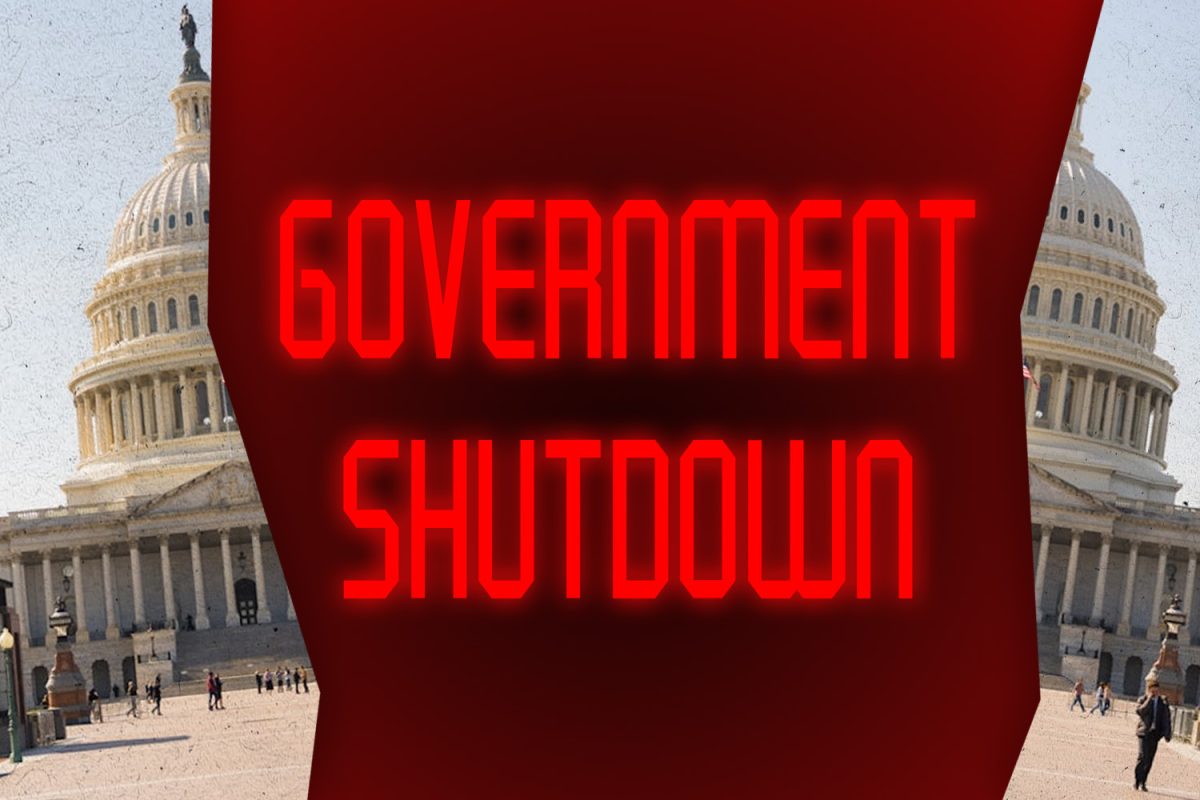
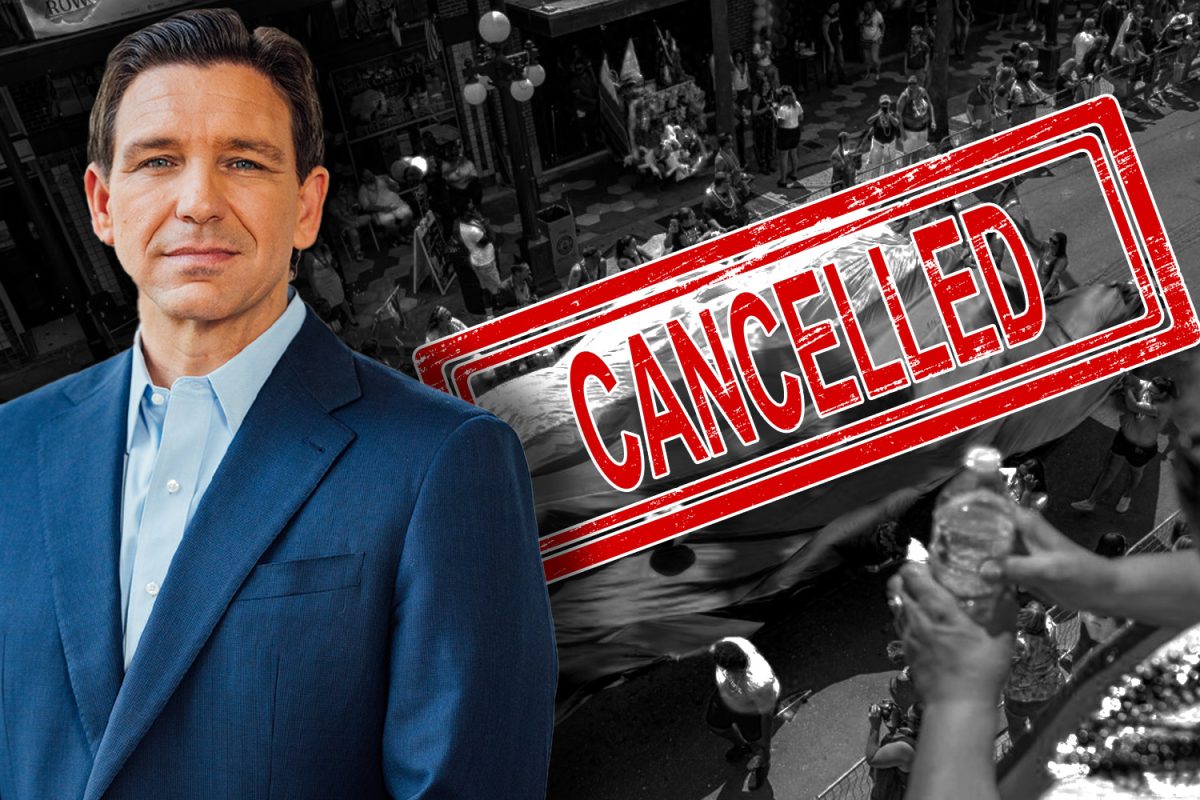

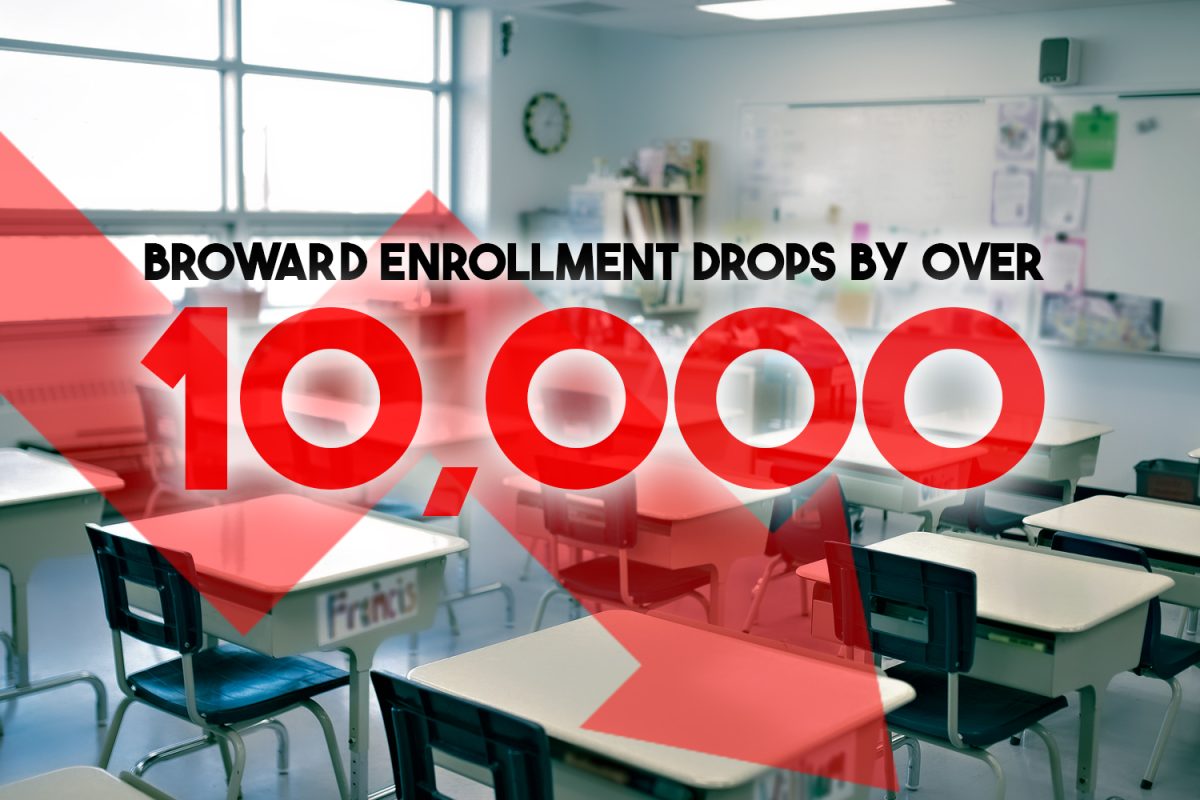



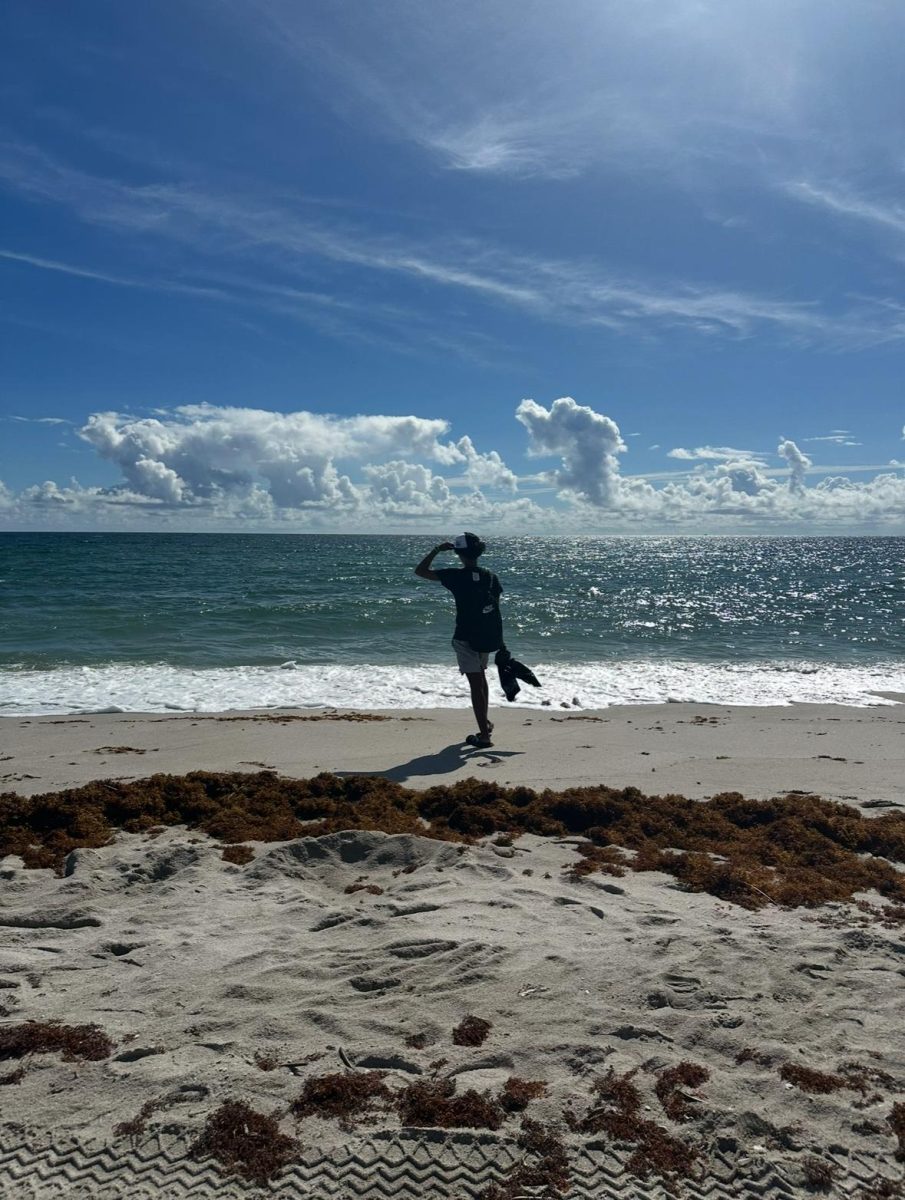



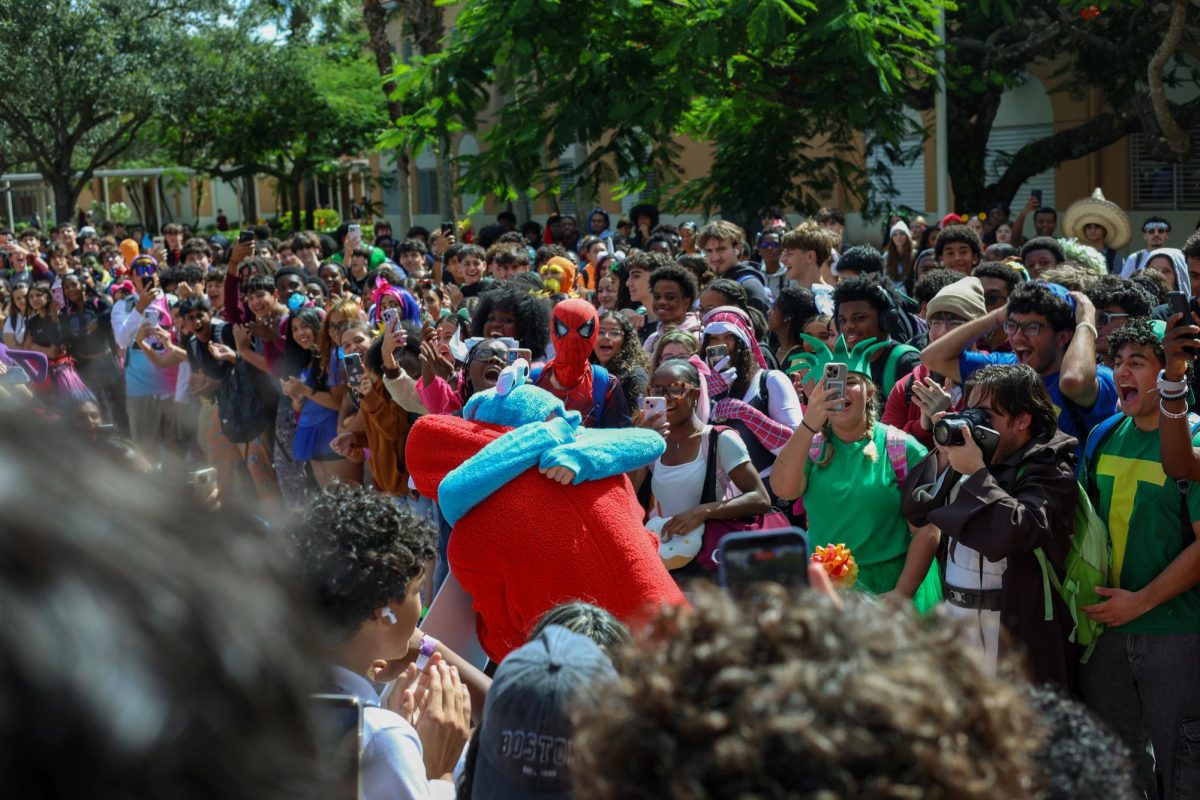
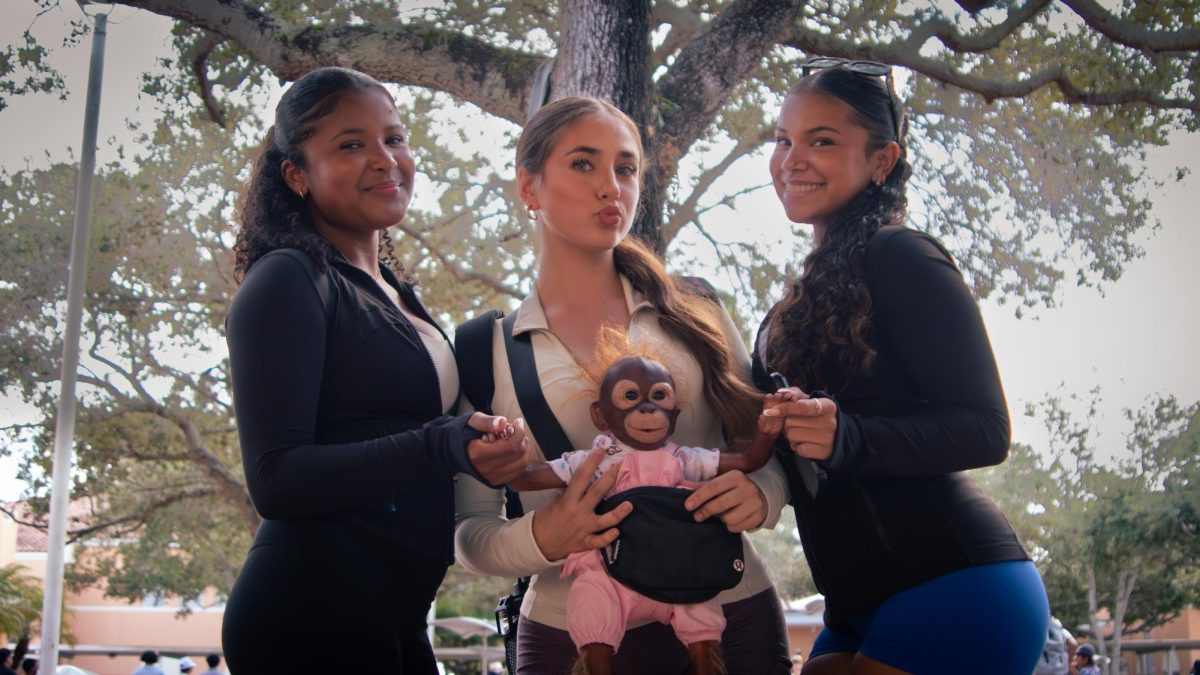









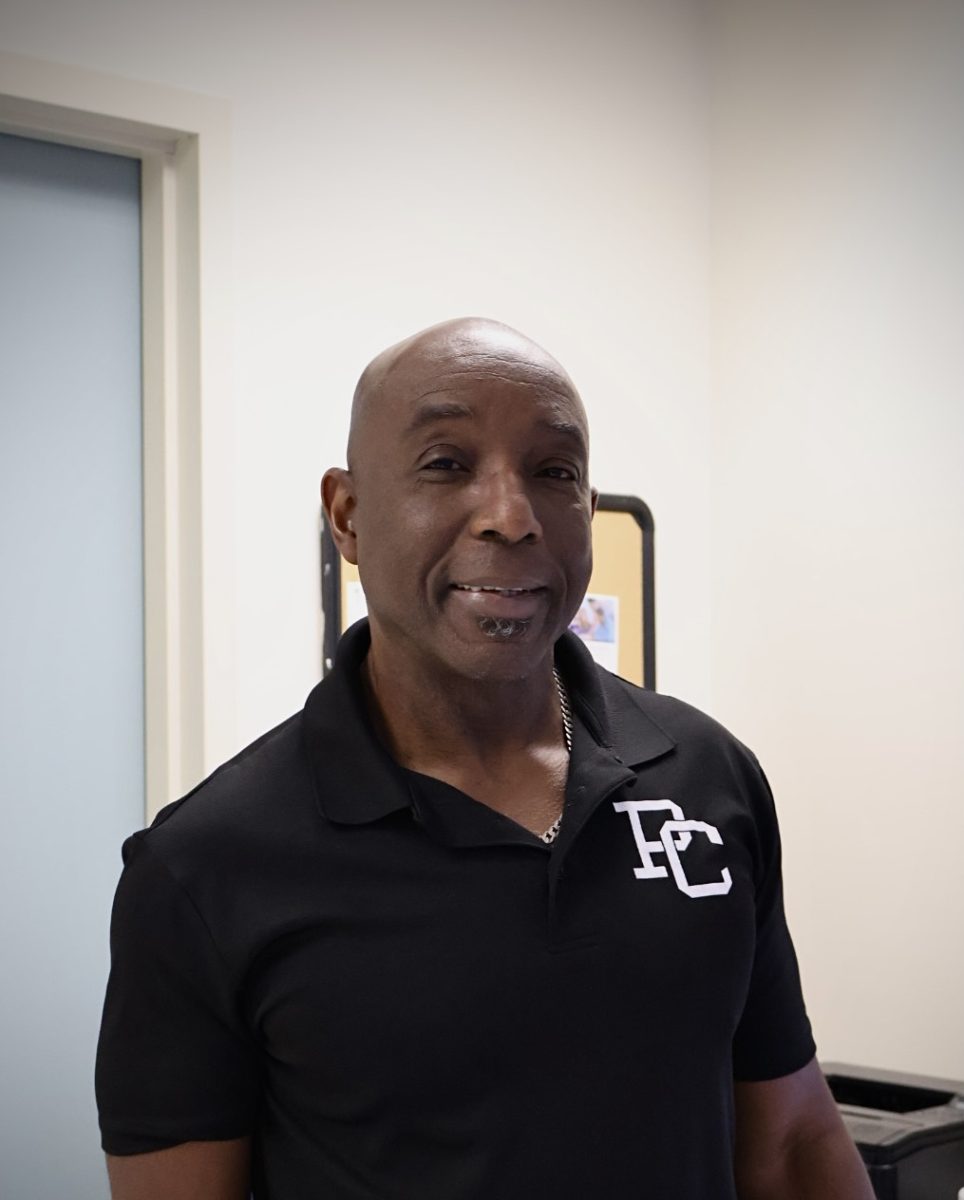
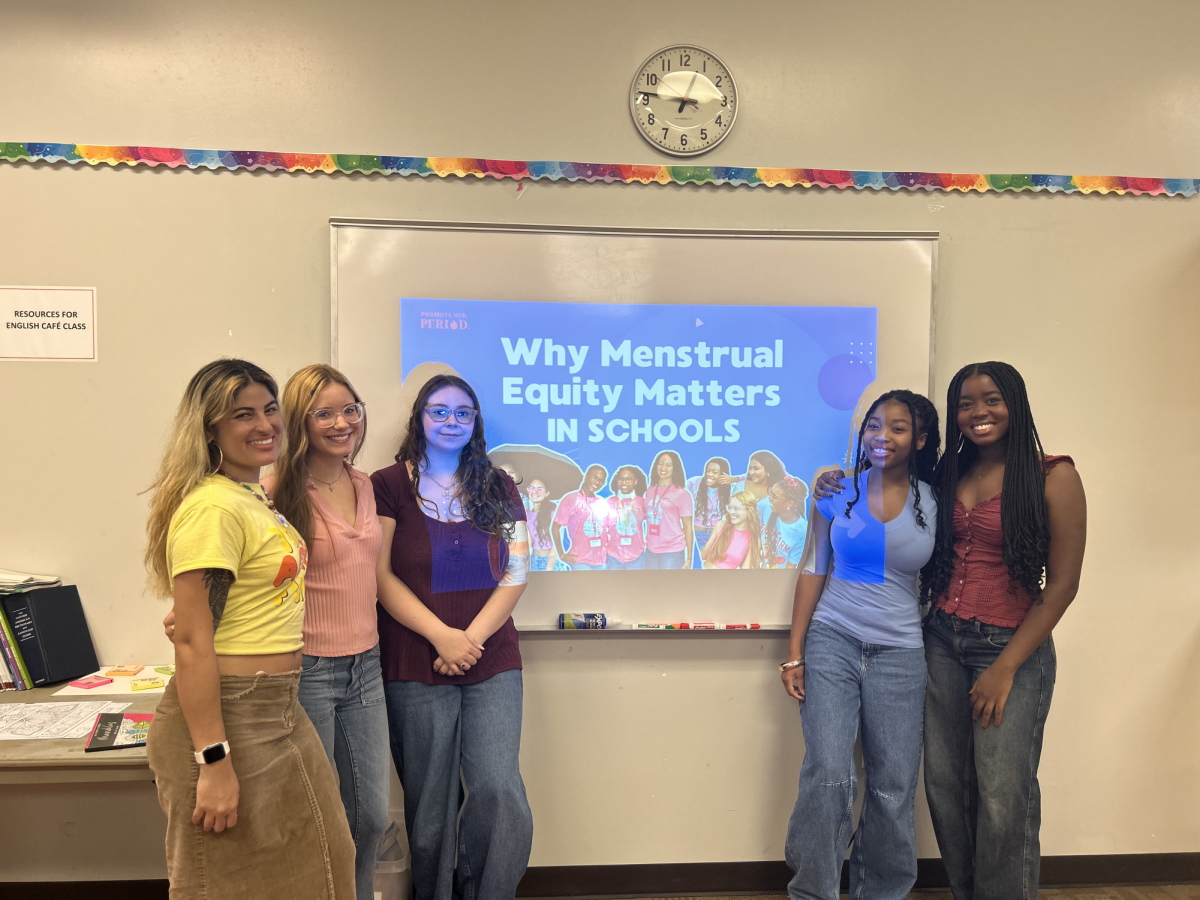

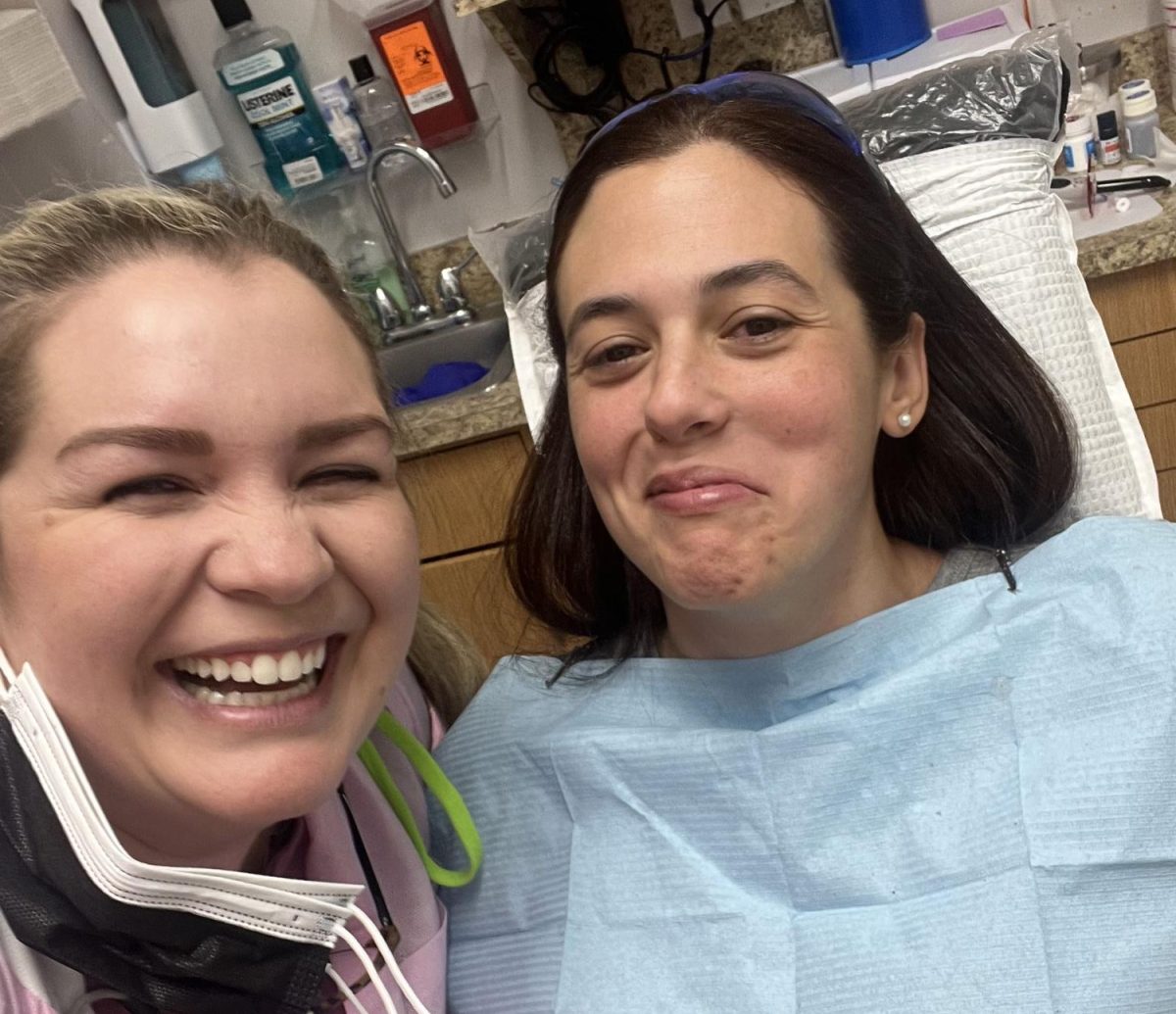



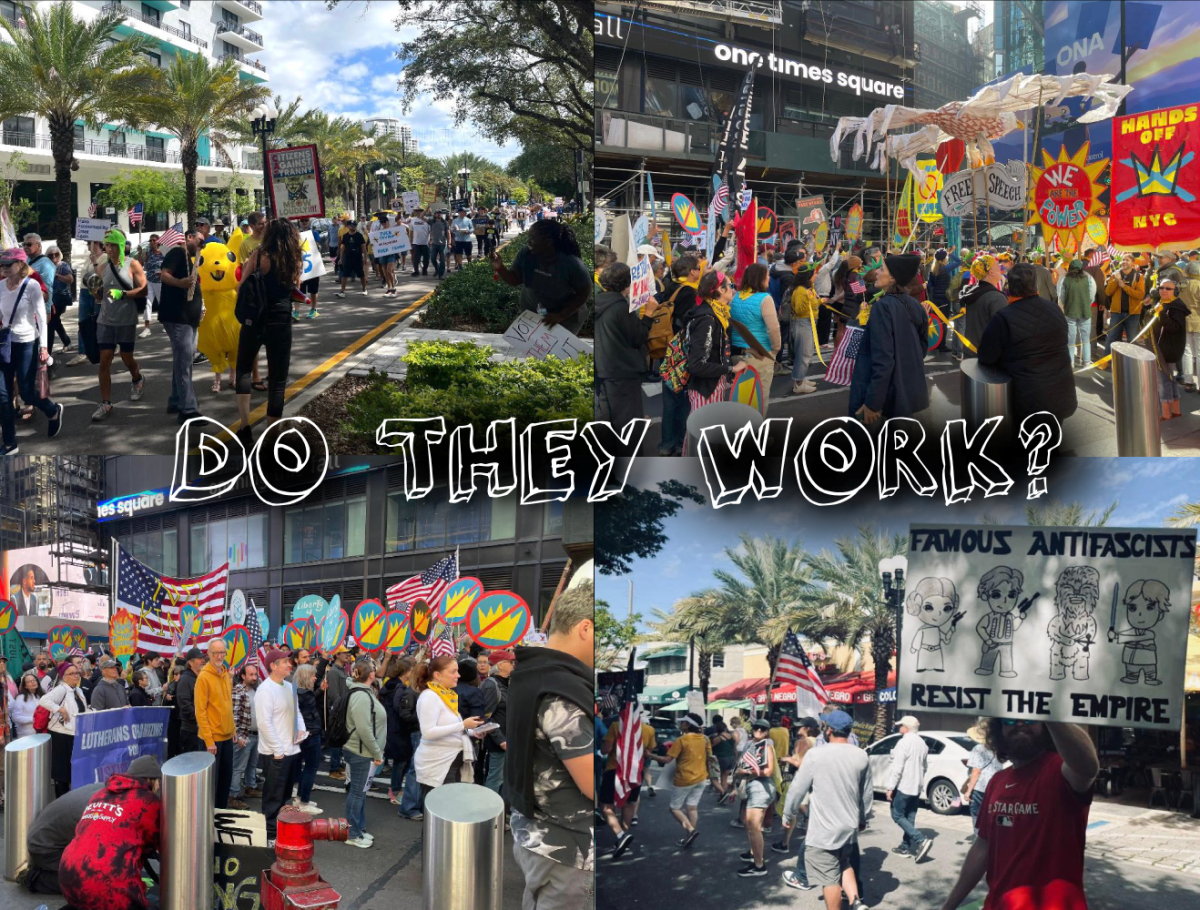
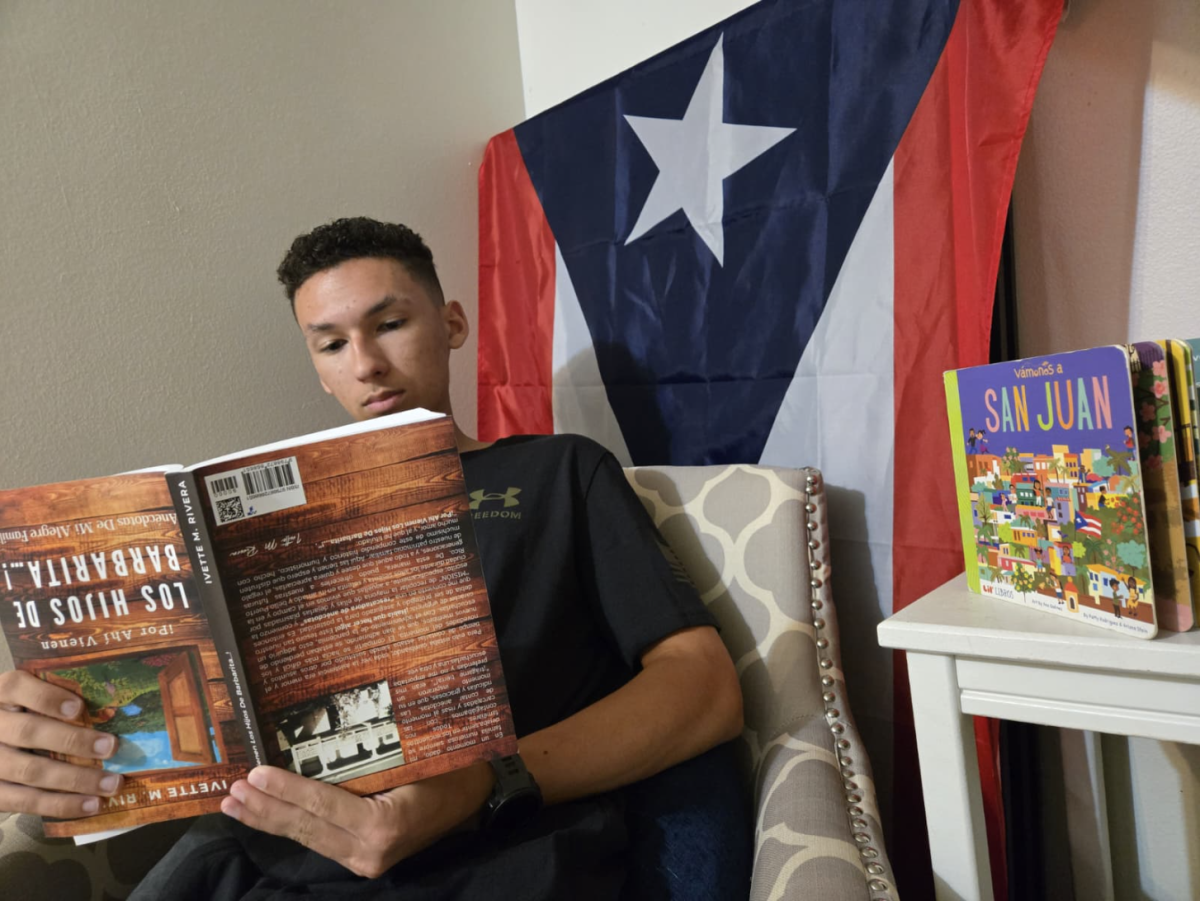
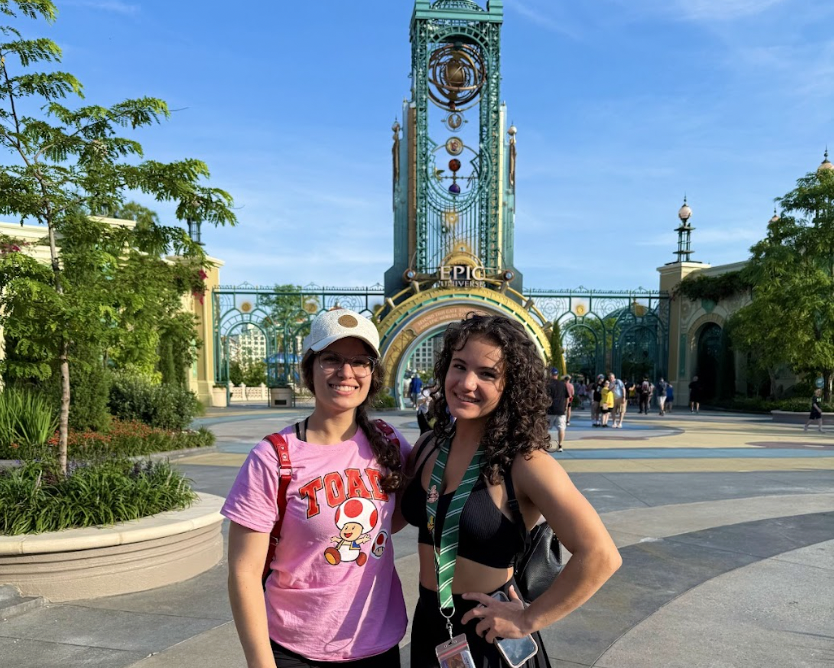





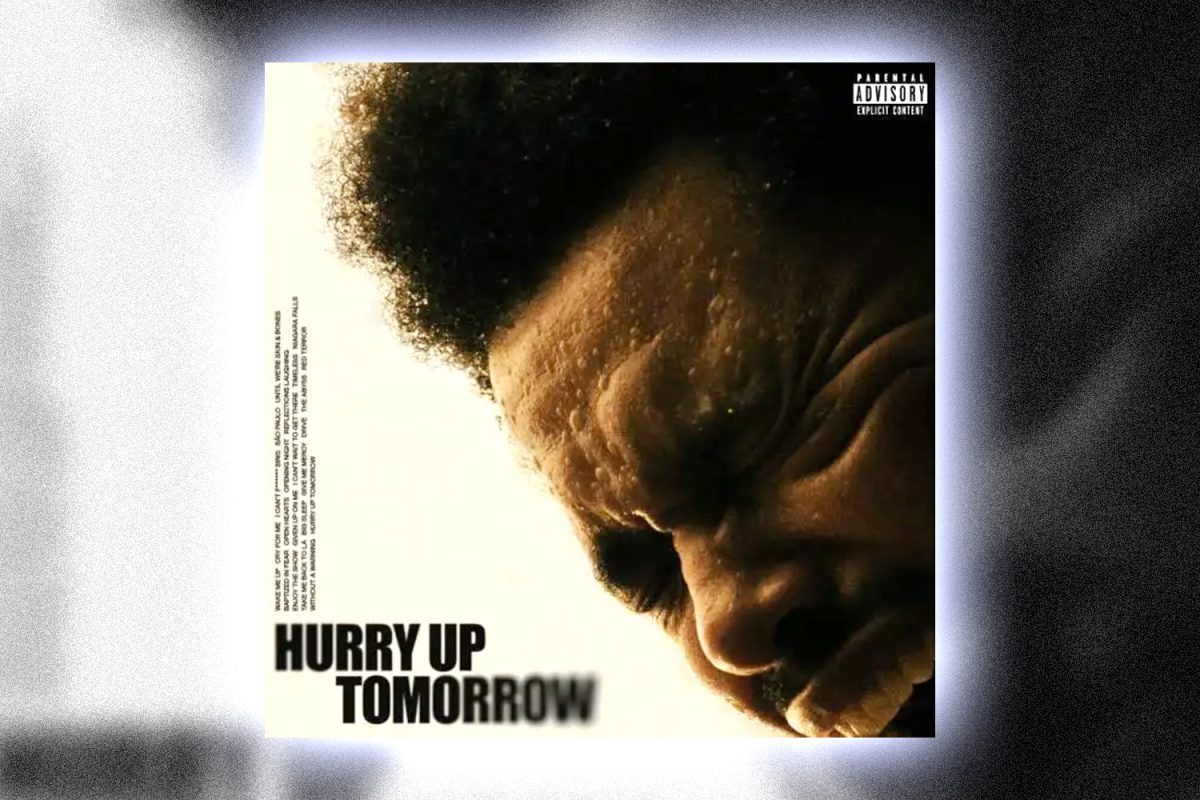
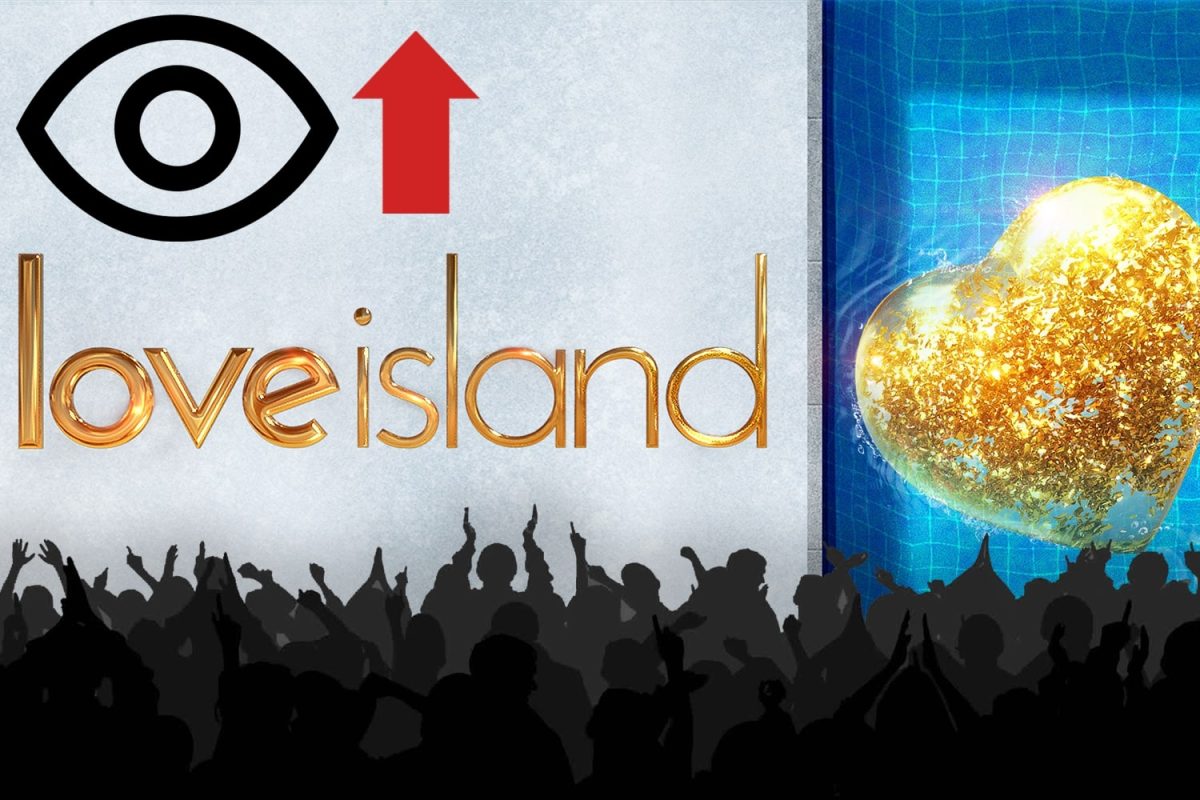
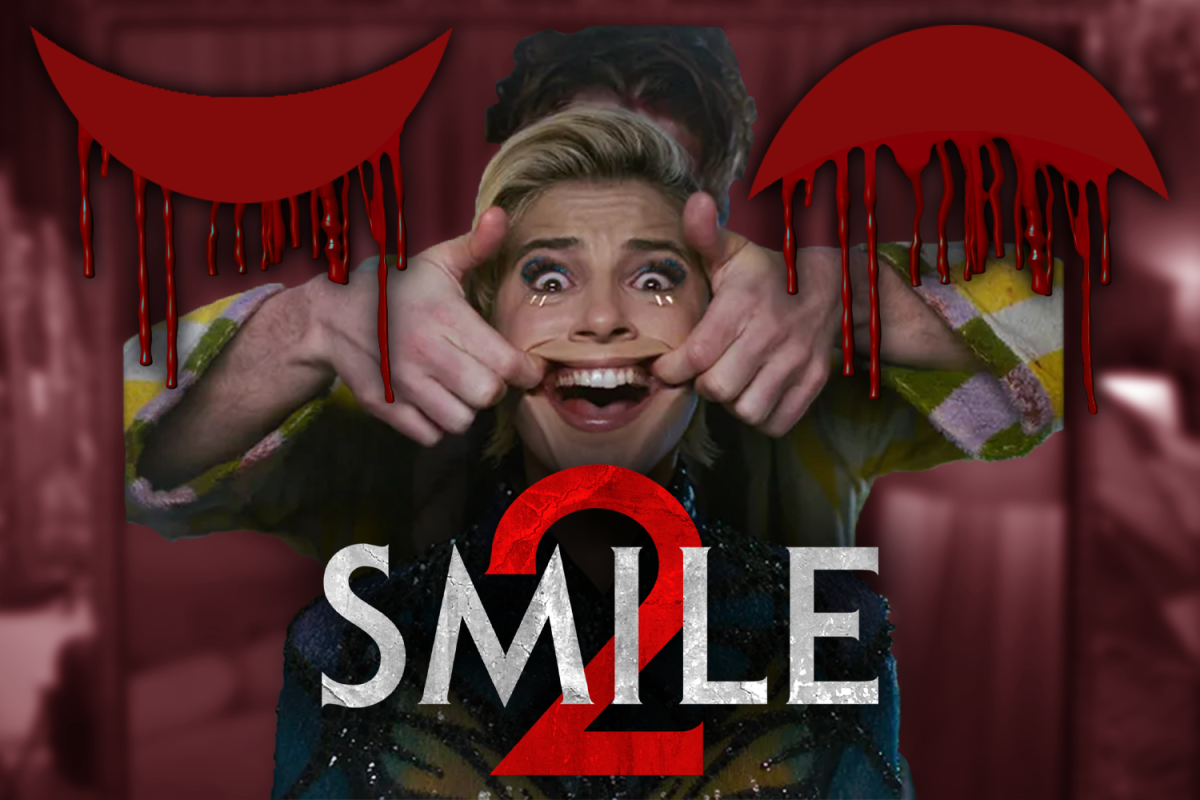
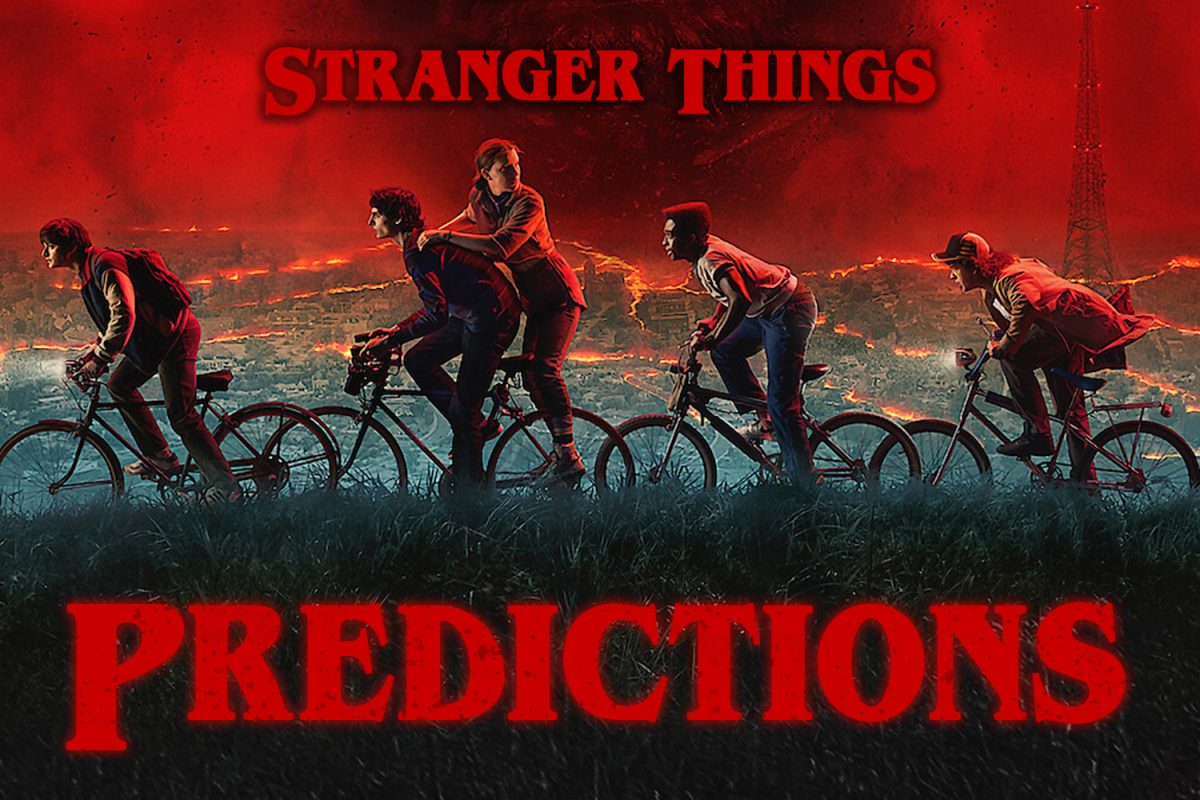
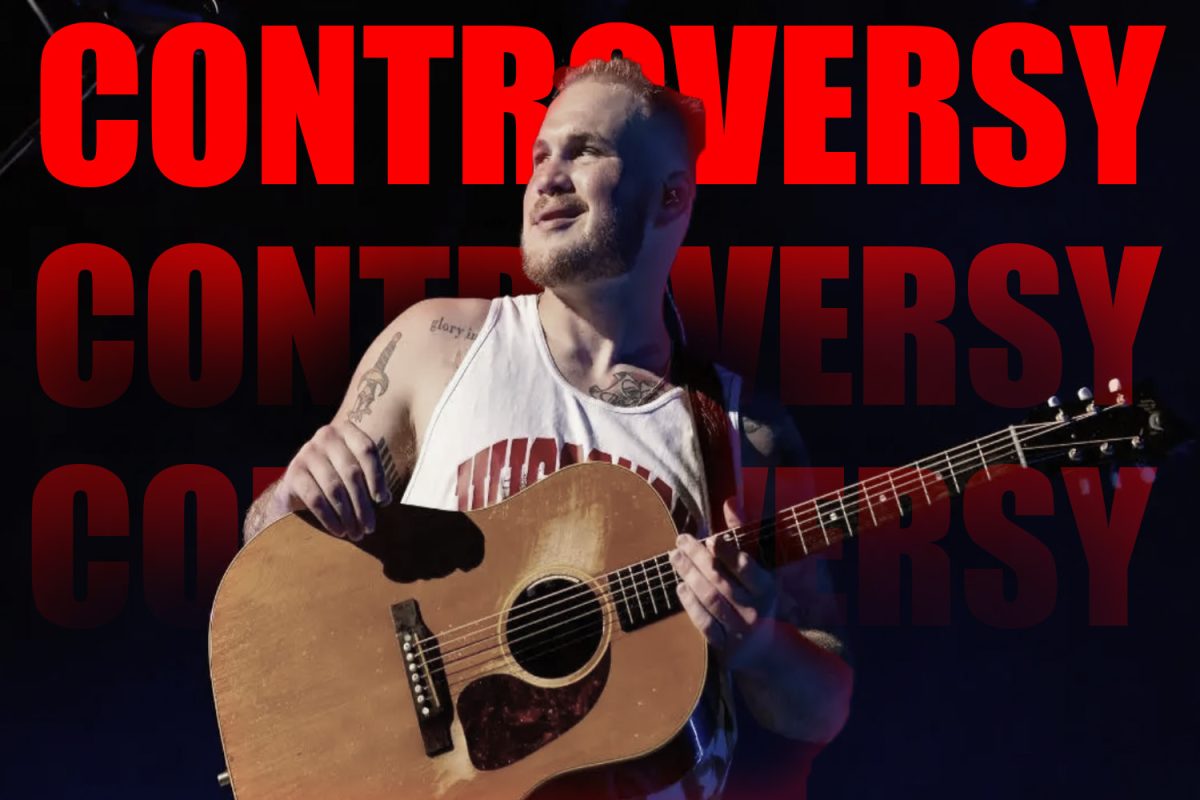
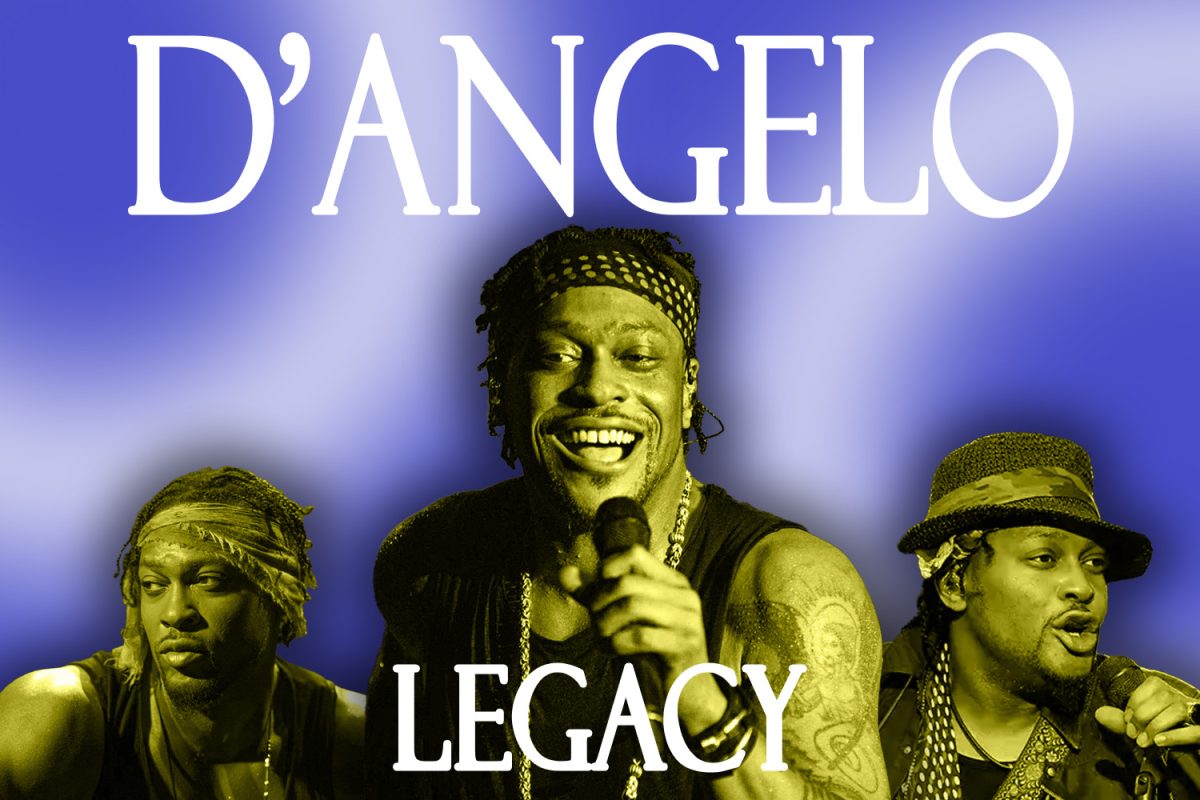
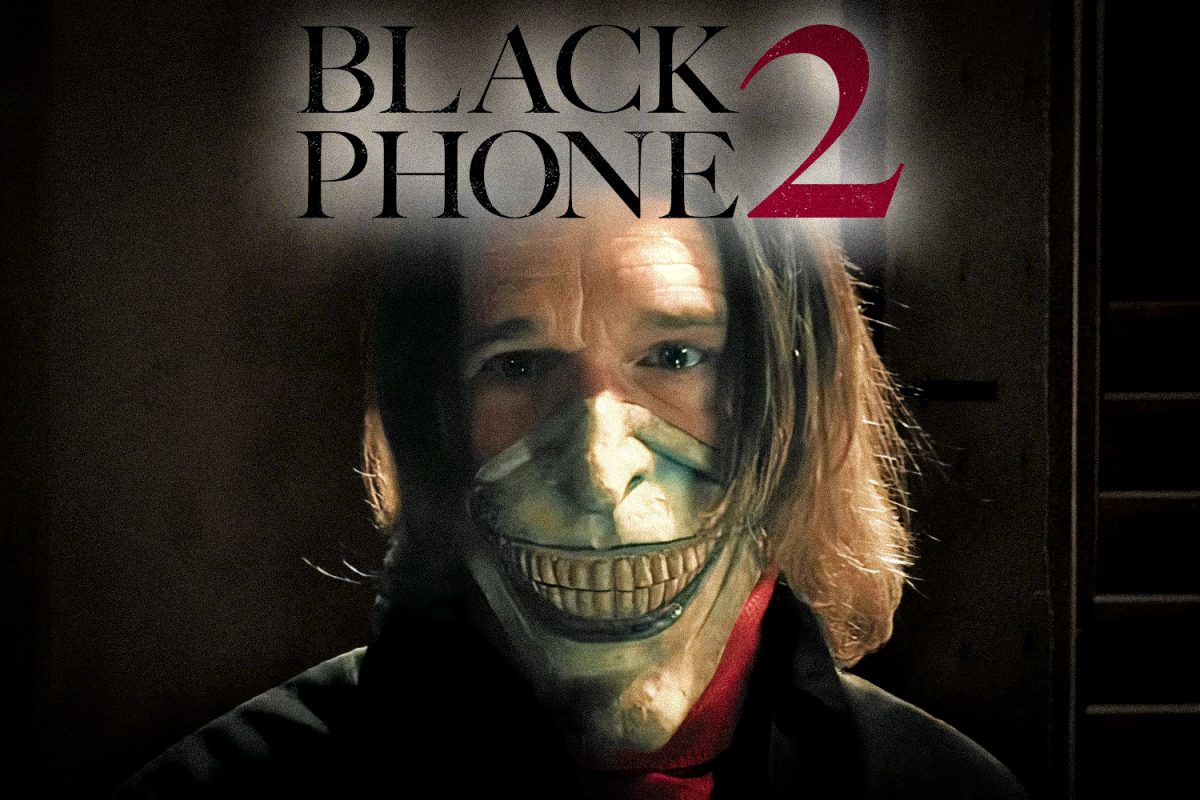


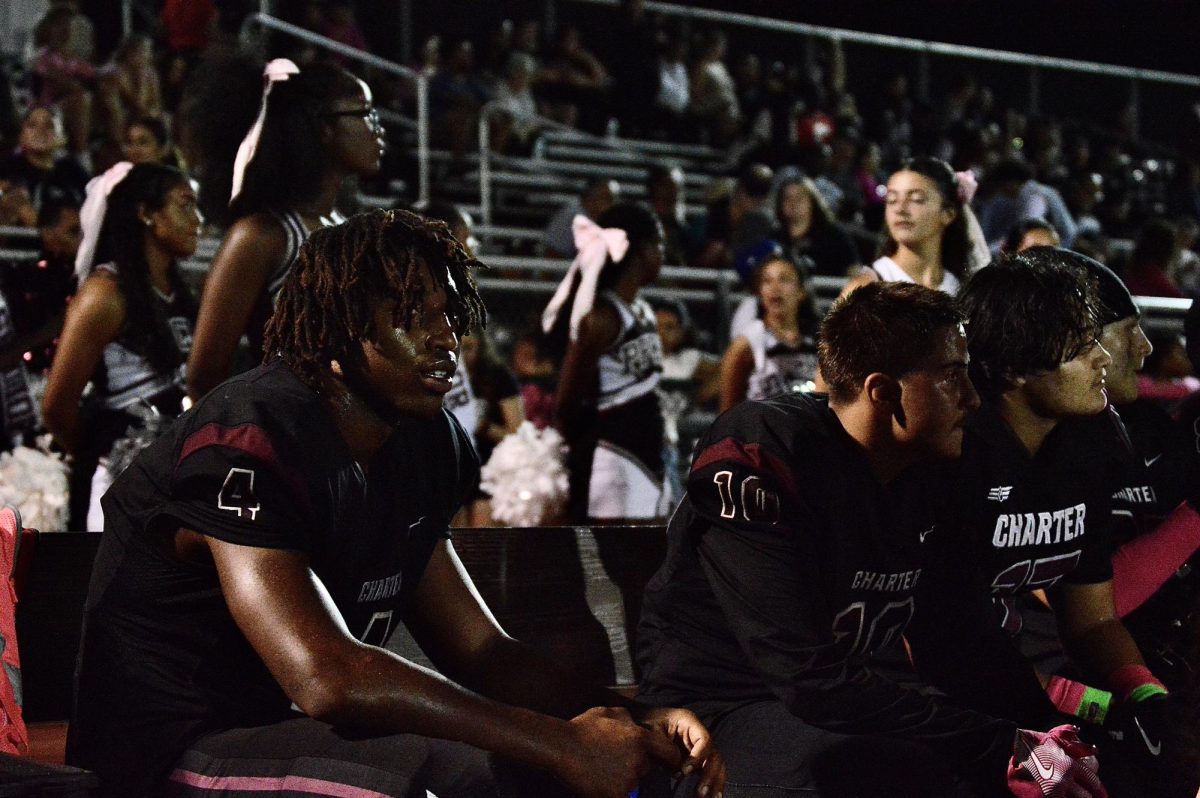
![Varsity Volleyball Senior Abigail Reyolds [left] standing alongside her fellow teammate and captain of the team Senior Sophia Peterseil before their game.](https://ppchsnews.com/wp-content/uploads/2025/10/ABBY-AND-SOPHIA-COVER-1200x673.jpg)
